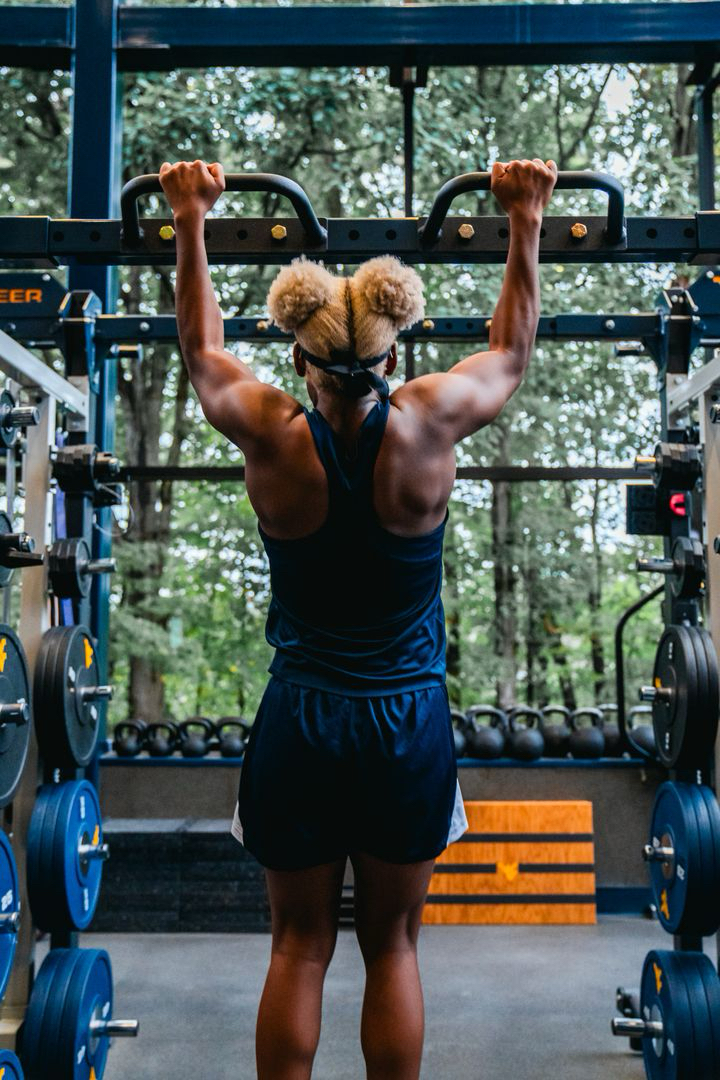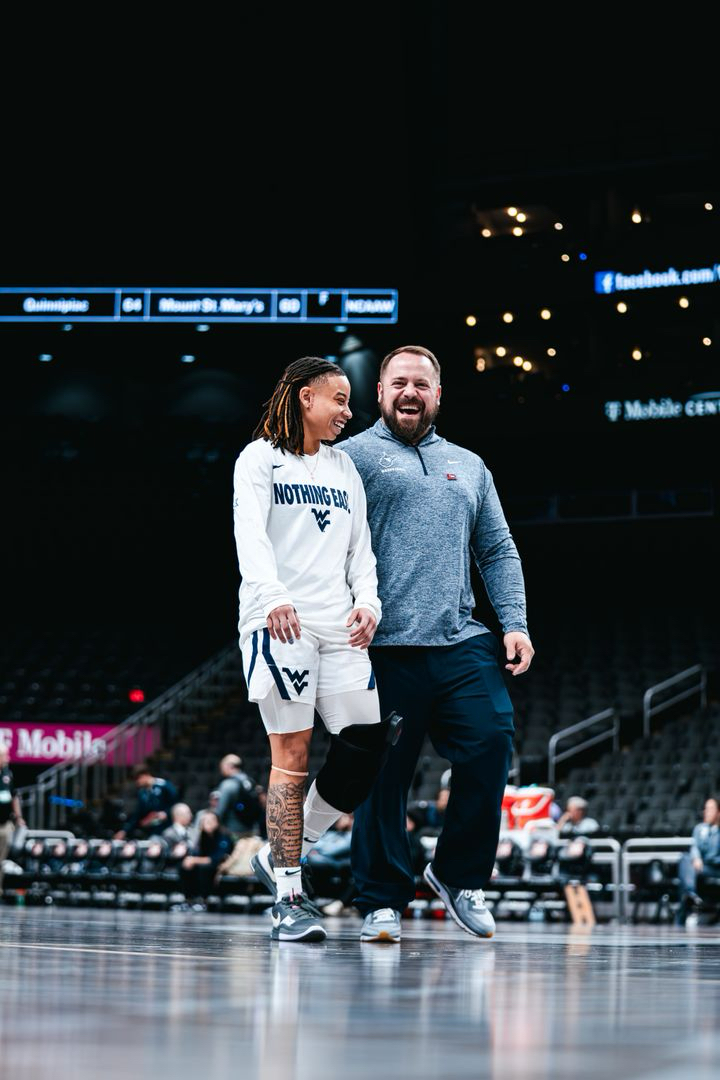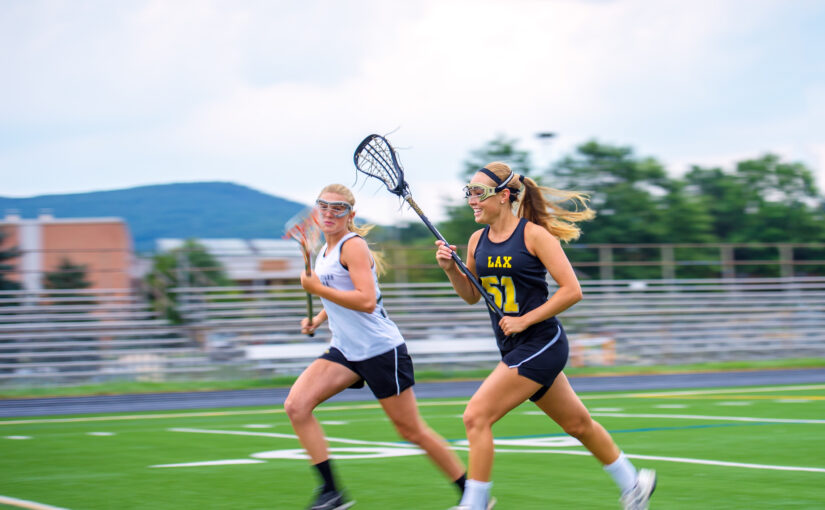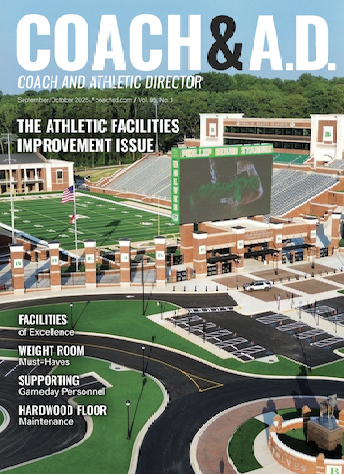Considerations for training durable female athletes
When training female athletes or athletes in general, I like to consider programming for injury reduction in terms of neck-down training. I also like to consider training the athlete from a neck-up approach.
For neck-down training, I like to view the athlete as if they are a Ferrari. The program must contain exercises that enhance performance and decrease the risk of injury or “breaking down”. This can be a challenging concept when strength training female athletes.
 There are many variables to consider that could affect their injury rate. The strength and conditioning coach can control some variables; however, many cannot be controlled. As professionals, we can tune the engine or neck down to be stronger and more powerful. Unfortunately, we cannot control external factors like playing surfaces, the type of shoes worn, weather conditions, etc. Therefore, we must control the controllables.
There are many variables to consider that could affect their injury rate. The strength and conditioning coach can control some variables; however, many cannot be controlled. As professionals, we can tune the engine or neck down to be stronger and more powerful. Unfortunately, we cannot control external factors like playing surfaces, the type of shoes worn, weather conditions, etc. Therefore, we must control the controllables.
The other consideration for training female athletes is the neck-up approach. Many professionals might refer to this as mental health and motivation. This sometimes goes neglected, however, I feel it’s just as important as making the body stronger and more powerful. I can fine-tune the Ferrari’s engine all I want, but if the electrical system isn’t functioning properly, that car isn’t going to perform. Though I enjoy my metaphors, we are training human beings at the end of the day.
Below, I’m going to highlight some of the areas I focus on to ensure the female athlete consistently performs at her highest level. I’ll focus on specific areas of both neck-down and neck-up training and the practical application of concepts.
First, let’s start with the obvious consideration for neck-down programming, the ACL. This acronym has haunted female athletes since the beginning of sports. Research suggests that 1 in 8 female athletes will tear their ACL. This is due to a few factors we can’t control, such as a natural Q angle, which places some female athletes into a natural valgus knee position. Another factor we can’t control is the menstrual cycle. During this cycle, Estrogen peaks during ovulation and is the cause of laxity in ligaments. So, what can we control as strength and conditioning coaches? We obviously can control how strong an athlete becomes. Research suggests that increased muscular strength can decrease the risk of injury. A strength program must include eccentric-focused exercises for combating ACL injuries when training a female athlete. It is imperative to train the entire posterior chain of muscles as well. Other areas that should be focused on are teaching jump/landing mechanics, increasing mobility at the hip and ankle joints, and teaching proper techniques during agility drills.
The table provided outlines areas of focus and provides a few specific examples for practically enhancing these areas. The Jump Assessment card is a rapid cue card I developed from the Landing Error Scoring System. This will allow the strength and conditioning coach to quickly evaluate the female athlete for an increased risk of an ACL injury. As mentioned earlier, we must control the controllables.
 Now, let’s discuss the neck-up approach. I feel many strength and conditioning coaches get so caught up in the X’s and O’s that sometimes we forget about the Jills and Joes. It is important to check on an athlete’s mental status often. I was recently discussing with one of our sports psychologists about the influx of anxiety and depression we are currently seeing with athletes. She stated that COVID had many negative impacts on people, and isolation from human connection was one of them. To combat anxiety attacks, our sports psychologist taught me the concept of grounding techniques. Grounding techniques are a way to shift from internal chaos and back to the external world. The point is to bring the athlete back to the present environment by disrupting overthinking. One grounding technique for refocusing is 5-4-3-2-1 Grounding. When administering this technique, the athlete will acknowledge five things they can see, four things they can touch, three things they can hear, two things they can smell, and one thing they can taste. I’ve used this technique on a few athletes now, and I can confirm it works.
Now, let’s discuss the neck-up approach. I feel many strength and conditioning coaches get so caught up in the X’s and O’s that sometimes we forget about the Jills and Joes. It is important to check on an athlete’s mental status often. I was recently discussing with one of our sports psychologists about the influx of anxiety and depression we are currently seeing with athletes. She stated that COVID had many negative impacts on people, and isolation from human connection was one of them. To combat anxiety attacks, our sports psychologist taught me the concept of grounding techniques. Grounding techniques are a way to shift from internal chaos and back to the external world. The point is to bring the athlete back to the present environment by disrupting overthinking. One grounding technique for refocusing is 5-4-3-2-1 Grounding. When administering this technique, the athlete will acknowledge five things they can see, four things they can touch, three things they can hear, two things they can smell, and one thing they can taste. I’ve used this technique on a few athletes now, and I can confirm it works.
Other honorable mentions for grounding techniques are 3-2-6 Breathing (inhale for three seconds, hold your breath for two seconds, exhale for six seconds), eat sour candy, and hold an ice cube or splash cold water on your face. All these techniques distract or shock the athlete’s nervous system and help them refocus on the external world.
» ALSO SEE: The subtle art of coaching men’s and women’s sports
Another consideration of the neck-up approach is keeping the athletes motivated. I have found in my experience that the self-determination theory is a great concept for consistently keeping athletes motivated. Self-determination theory is the process of making one’s own choices and controlling one’s own life to reach satisfaction. The three basic needs of self-determination theory are autonomy, competence, and relatedness. Autonomy is when you give the athlete the choice to control what pertains to their life. A practical application of autonomy is allowing the athlete to pick music in the weight room or choose what exercises they want to perform. Competence is when athletes feel they have mastered a skill. The main way a strength and conditioning coach can encourage competence within an athlete is to provide constructive feedback while finishing the coaching cue with positive feedback. Relatedness is when athletes feel connected to others or have a sense of belonging. The athletes can gain this basic need through tough workouts in the weight room as well as frequent check-ins on their mental status.
At the end of the day, we as strength and conditioning coaches are training human beings. Training the female athlete does come with some extra challenges in terms of injury prevention; there are still many ways for a strength and conditioning professional to help combat injuries. We are mechanics making sure we add torque to the Ferrari’s engine while always updating the computer system. Make sure to control the controllables for injury prevention, make sure their basic needs are met, and above all, take care of the Jills and Joes so they handle the X’s and O’s.



